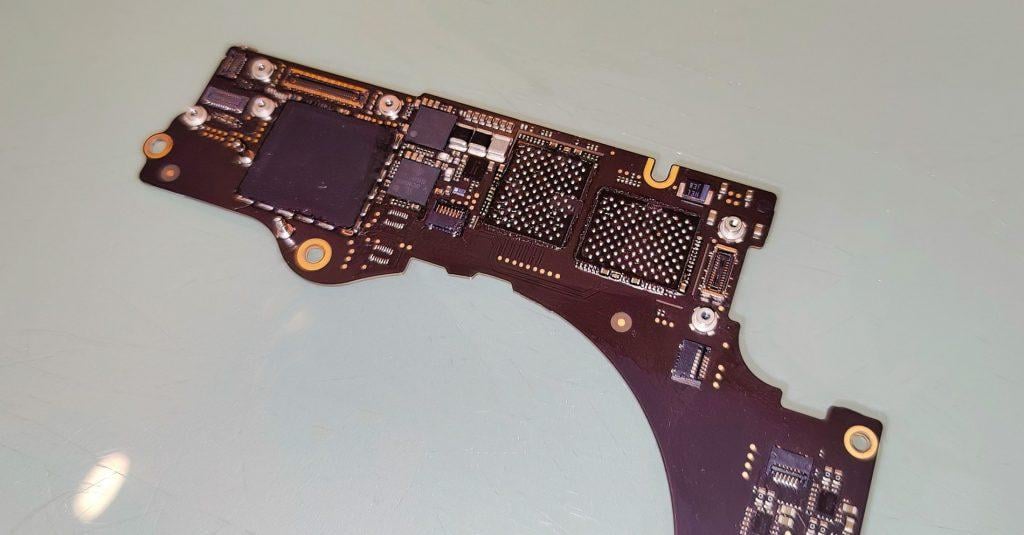Why SSDs Fail in MacBook Pro Models: Causes and Prevention
Introduction

SSDs are considered reliable, but they also fail in MacBook Pro models. The causes are varied and often preventable. Here you'll learn why SSDs die and how to prevent it.
⚠️ The Most Common Causes of SSD Failures
- Excessive write operations (Write Amplification): SSDs have limited write cycles. Intensive swapping with low RAM, constant large downloads/uploads, or video editing directly on the SSD accelerates wear.
- Overheating: SSDs get very hot under load. Poor cooling, especially in thin MacBooks, can lead to controller chip failure.
- Firmware problems: Faulty updates, incompatibilities with macOS, or bugs in the controller can lead to sudden total failure.
- Power issues: Voltage spikes from cheap power adapters, logic board defects, or improper shutdown can damage the sensitive SSD electronics.
🔧 Model-Specific Problems
- MacBook Pro 13"/15" (2016-2019): Known issues with the SSD controller and T2 security chip often lead to kernel panics and failures.
- MacBook Pro M1/M2 (2020+): The SSD is soldered, making upgrades impossible and data recovery extremely difficult. Models with only 8GB RAM tend to have heavy swap usage.
- MacBook Pro Intel (2013-2015): Age-related failures are more common here, and replacement parts with proprietary connectors are rare.
⚠️ Warning Signs Before Total Failure
Early Symptoms:
- Frequently appearing beach ball
- Programs start slower
- Files disappear sporadically
- Increase in kernel panics
- Boot process problems
Critical Signs:
- "Disk not found" error message
- Flashing folder with question mark at startup
- Extremely long boot times
- System freezes during write operations
- S.M.A.R.T. status shows "Failing"
🔍 How to Check Your SSD Health
- Open System Information (Apple Menu → About This Mac → System Report).
- Navigate to the "Hardware" section and click on "Storage".
- Look for the "S.M.A.R.T. Status" entry. If it says "Verified", everything is fine.
For more detailed analysis, tools like DriveDx or Smart Utility can be used.
✅ Preventive Measures
- Optimize RAM: More RAM means less write-intensive swap operations. When buying new, 16GB is the minimum.
- Control temperature: Use a laptop stand, ensure clean ventilation, and avoid continuous load in warm environments.
- Reduce write operations: Store large, write-intensive projects on an external SSD.
- Regular backups: A must! Use Time Machine and additionally a cloud backup for your most important data.
🚨 What to Do When SSD Fails?
- Turn off MacBook immediately to prevent further damage or data loss.
- Don't attempt repairs yourself.
- Get a professional diagnosis.
- Evaluate data recovery options.
🔧 Repair Options and Costs
| Service | Price from |
|---|---|
| SSD replacement (2013-2015) | $100-280 |
| SSD replacement 2016-2025 | $180-680 |
| Data recovery | Price after analysis |
✅ Conclusion
SSDs in MacBook Pros are more reliable than HDDs, but not indestructible. With proper care and prevention, you can maximize their lifespan. Act quickly at the first signs of problems - your data will thank you!